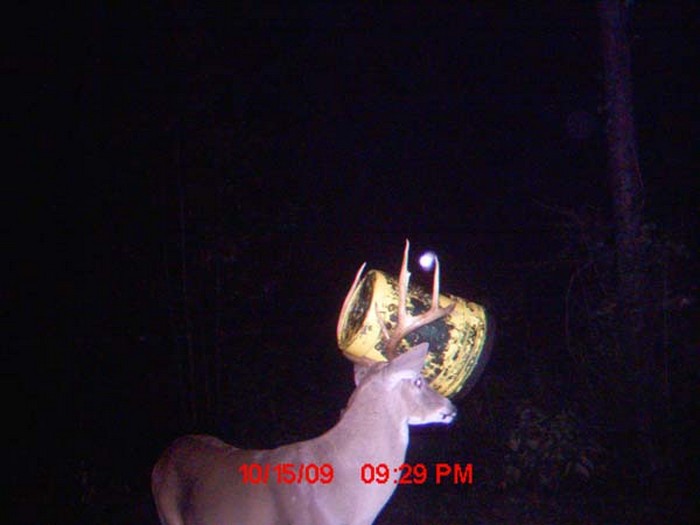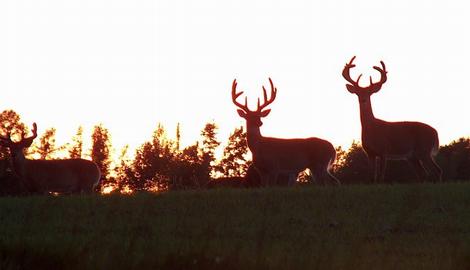Deer Management Career Achievement Award Nominations Sought
The SOUTHEAST DEER STUDY GROUP Deer Management Career Achievement Award recognizes outstanding contributions to the understanding of white-tailed deer ecology and management in the southeastern United States. The award may recognize a single achievement or contributions over an extended period of time and is presented at the Annual Meeting of the Southeast Deer Study Group. The award is to be given for activities conducted within the member states of the SE Section of The Wildlife Society and the states of Missouri, Texas, Delaware, Maryland and West Virginia.
Nomination is to be made by a member of the SE Section, but the nominee need not be a member of the section. Both individuals and groups are eligible for nomination. Nominations including supporting documentation and letters of recommendation should be submitted by December 1, 2009 to Steve Demarais at P.O. Box 9690, Mississippi State University, Mississippi State, MS 39762 or (preferably) as pdf documents to sdemarais@cfr.msstate.edu.
Retirement Recognition
The Southeast Deer Study Group and Southeast Deer Committee will recognize retiring deer biologists and managers at the 2010 banquet. Awardees need not attend the meeting, and retirement can be pending or past. Self nomination is allowed. No specific time frame for work with deer is required. Nominees not attending the meeting or banquet will receive their certificate by mail. The nomination letter must list the nominee’s name, address, employer(s), dates of employment, and type of work (management and/or research) and must be emailed by January 1, 2010 to Steve Demarais at sdemarais@cfr.msstate.edu.

